Meet Julia Laatsch whose curiosity and light-hearted spirit helps her push the boundaries of her creativity through her photography. Julia’s unique way of combining computer graphics (CG) with photography has opened endless possibilities of what she can achieve in her work.
Check out what she has to say on pursuing her passion, her start with VUE, advice for newcomers, and more, in this Spotlight Interview!
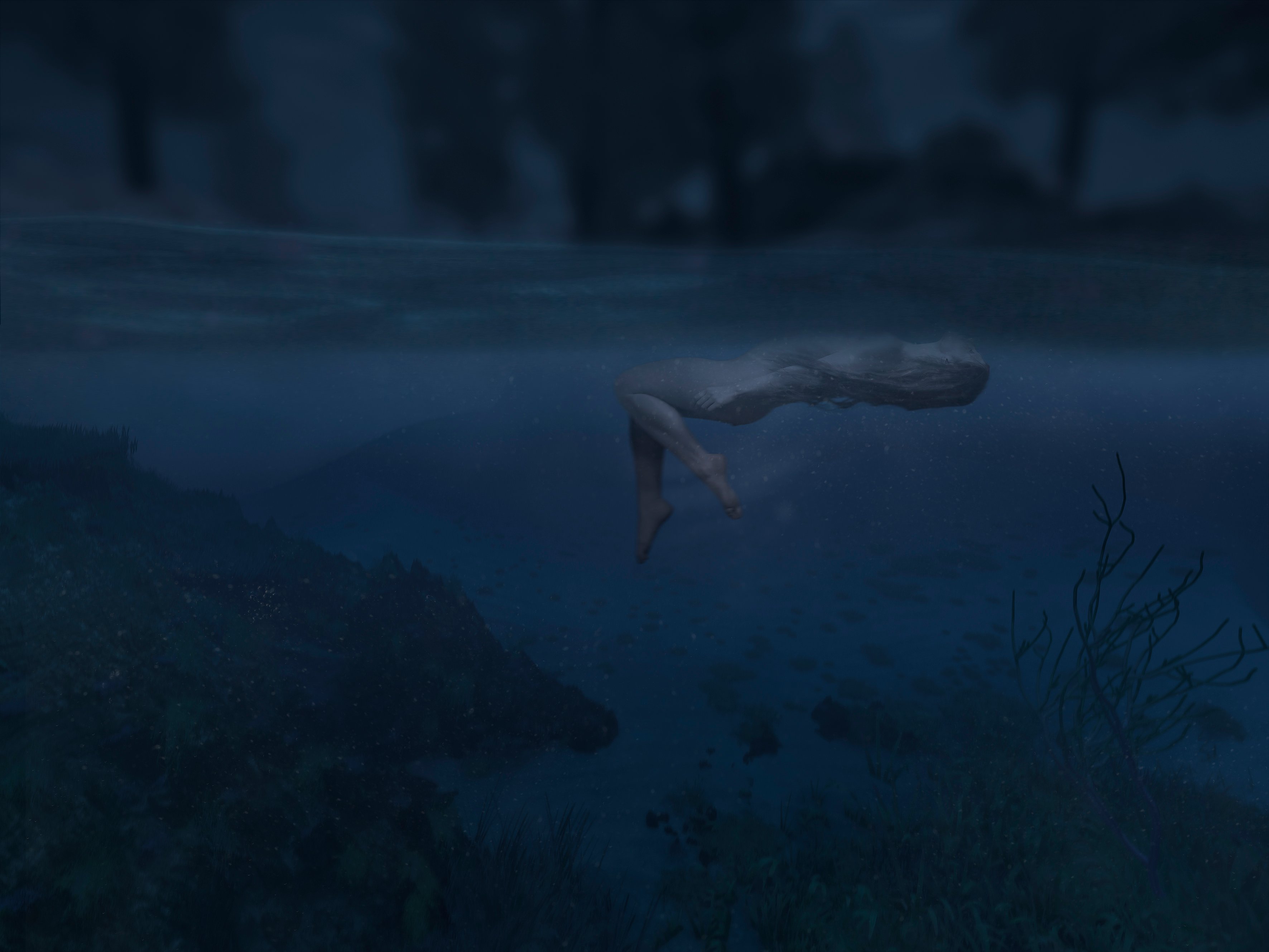
What is your background?
I am currently working as a freelance photographer because I wanted to turn my passion for people and portraits into my profession. I really love to get the best out of my subjects in front of the camera. I am based in Bochum, Germany and work for various advertis-ing, PR, and corporate publishing agencies as well as for direct clients that focus mainly in the fields of advertising, people, and portraits.
I fell in love with photography very early on, when I was a 16-year-old schoolgirl. It all began with taking portrait photos of classmates and documenting almost everything around me. I was totally addicted.
I used to be a very shy person in my school days, but photography forced me to talk to other people, which was great for my personal development.
I am very grateful that I was accepted directly to a design school for photography in Berlin after graduating from high school. It was there that I had the opportunity to gain extensive knowledge about analogue and digital photography. Afterwards, I got the chance to deepen my knowledge at the University of Applied Sciences and Arts in Dortmund. At the same time, I worked as a photo assistant for many great photographers, which was absolutely fantastic because I could learn so much and my love for photography became even deeper and deeper. I began combining computer graphics with photography in the middle of my photography studies at the University of Applied Sciences and Arts in Dortmund, where a new seminar about learning VUE was being held. I had never heard of it before but had always been very curious and thirsty for knowledge when it came to technical innovations, so I wanted to learn more about it.
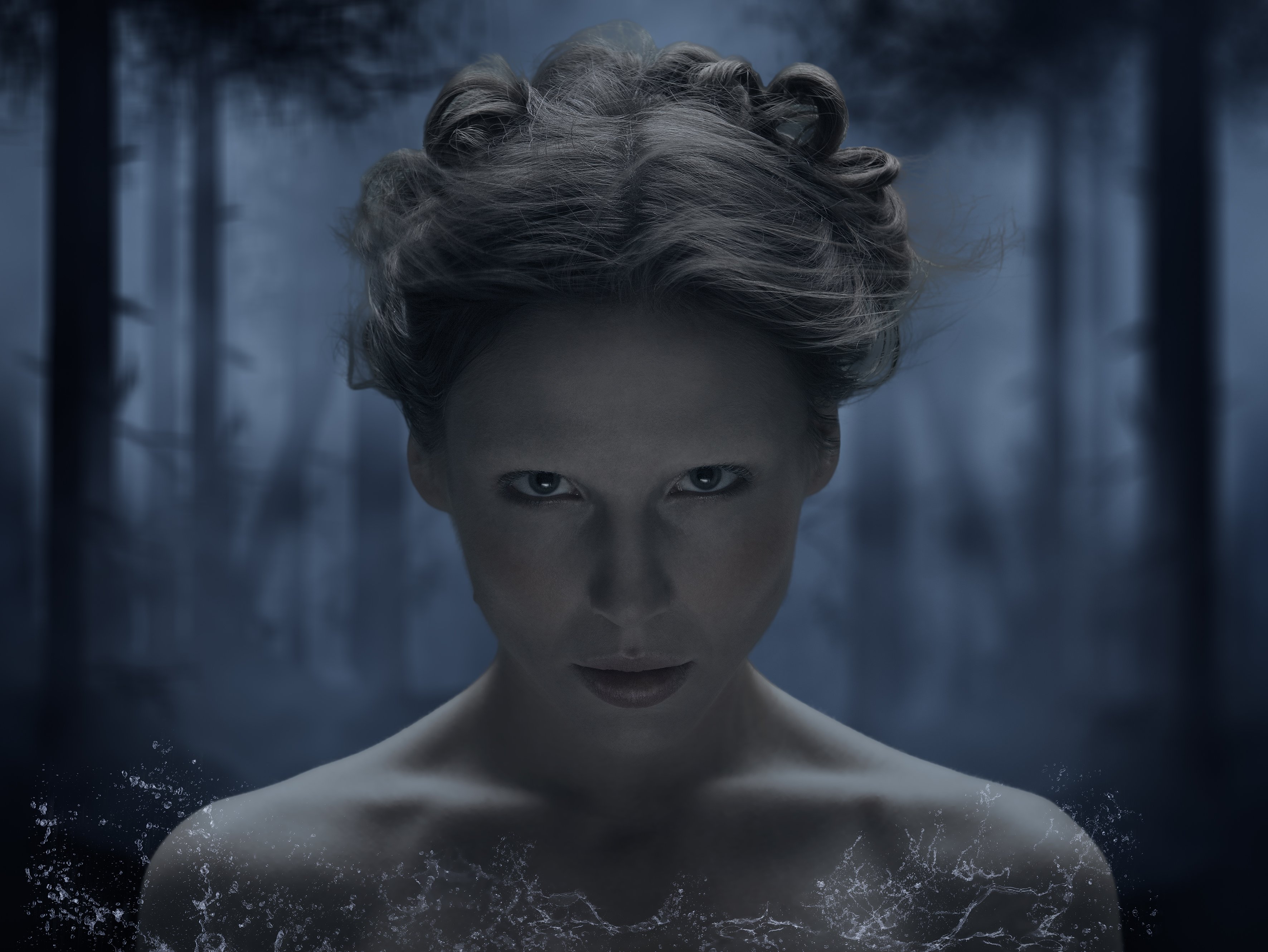
All in all, VUE gave my photography a great deal of independence, and in another sense, photography gave VUE a touch of authenticity. I felt like a painter, only on an infinitely large canvas and with the option to undo every step, at any time. The shortcut cmd + z was my best friend. 🙂
One of the best things in the photography business is that there is no typical everyday life. But when it's not a production day, I've gotten used to a few routines that structure my day. My typical day starts early in the morning with a good coffee and a healthy breakfast. Since I’m more energetic in the morning, I’m also more productive, so I fully devote myself to my projects (image editing, image selection, planning, concepts, etc.). After lunch I usually go for a short bike ride or a walk outside. This helps me clear my mind and reload for the second half of the day. In the afternoon, I like to work on emails from clients, make phone calls, write quotes, and invoices. I've also gotten used to taking some time every day for my training: it can be a good book, a workshop, or a well-done podcast. In the late afternoon, I like to take a little time for social media activities like Instagram. It’s very important for me to limit that time, otherwise I get lost on the internet. Sometimes I meet with colleagues and friends in the evening to exchange ideas, to cook something delicious, or just to have a good time together.
My wish list for the future is to stay healthy in any case. In addition, I have set myself the goal of doing everything I can to stay fresh in my mind so that I don't suffer any overkill. In my opinion, it is necessary to approach everything with a fun and loving attitude to find the clients who suit you and have a similar mindset.
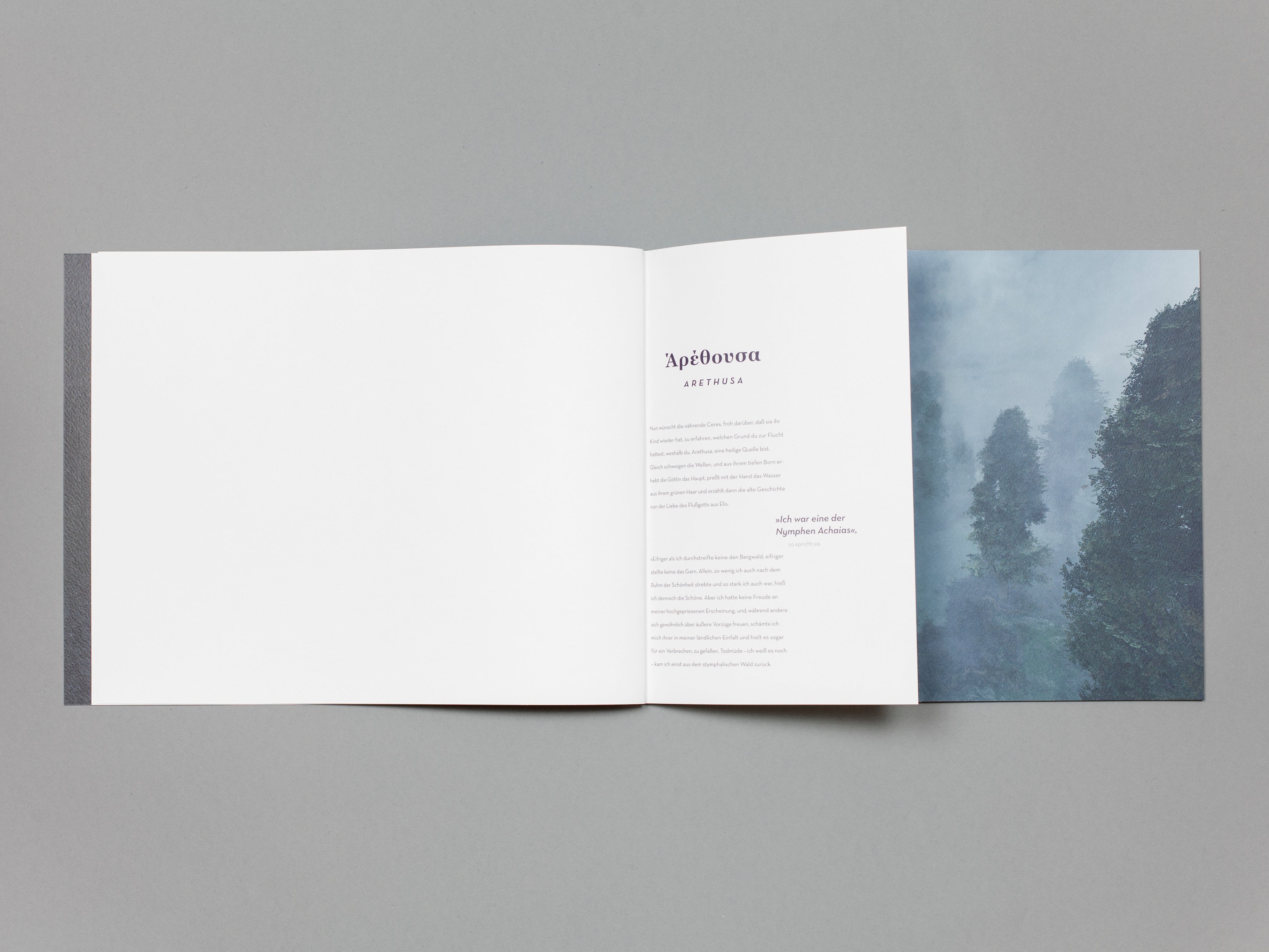
I’ve used VUE very intensively for about 2 years. The software has allowed me to stand out from other photographers and virtually visit places that aren’t right at my doorstep or don’t exist in reality. I'm thrilled with how realistically VUE can calculate light, shadows, and reflections on various materials. Of course, as a photographer, I was most impressed by the numerous possibilities to determine the sun, clouds, and atmosphere of a scene. Another favorite feature is the Ecosystem tool, which allows you to distribute populations of materials, plants, and rocks as a percentage of height meters on the terrain. That was perfect for me to generate huge backgrounds.
Furthermore, I love to experiment with alpha-planes, which I link to images from Photoshop with an alpha mask in it. Another great thing I’d like to mention are the camera settings. Just as in reality, you can set your focal length, camera height, focus, and blur, along with the major advantage that the exposure can be changed even after rendering. What I also enjoyed a lot is the option of exporting alpha and object masks as a multilayer-psd-file for further work in Photoshop. This worked very well for my compositings.
The biggest personal project I've worked on with VUE is called Arethusa. It's a book project in which I combined computer-generated landscapes with photographs from the photo studio. It was part of my bachelor's thesis, which dealt with a new photographic interpretation of a myth from Ovid's metamorphoses. In the story, a nymph named Arethusa transforms into water to protect herself from the river god, Alpheus, by becoming invisible. It was a great experience to make a book out of it because it made the virtual computer-generated pixels haptically touchable.
The greatest challenge I faced with my latest project was the fact that the natural look and feel I wanted to create took a lot of rendering time on my own computer and the deadline was quickly approaching. In order to reduce rendering times, I spontaneously built my own little render farm from several computers with the help of family and friends. I was excited (like a little child), drank way too much coffee, and watched how the image began rendering pixel by pixel. The process reminded me of my time in the analogue photo lab in Berlin, when the image first became fully visible after the development and enlarging process.
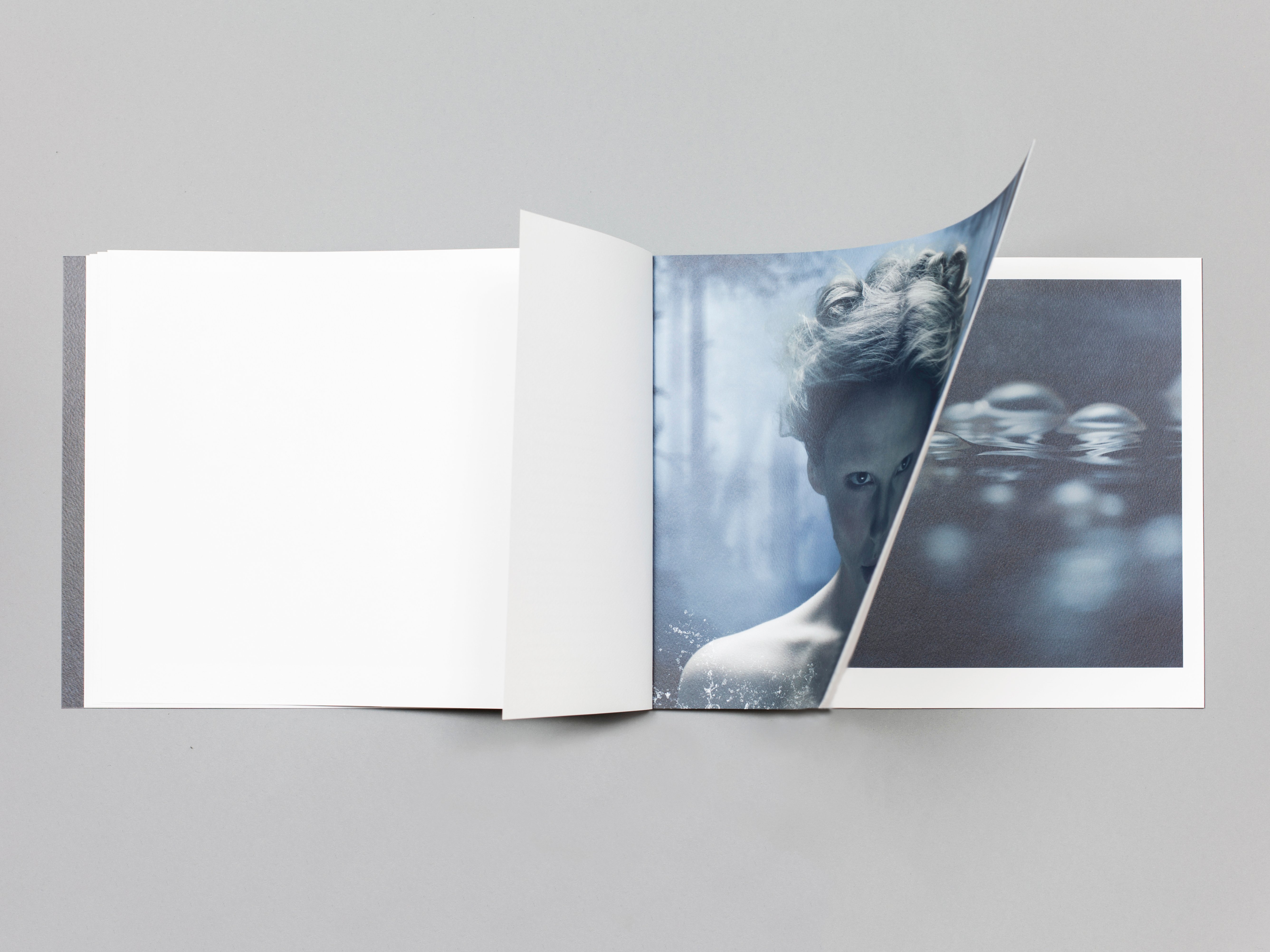
What advice would you give someone who’d wish to pursue their passion of photography?
If you really want it, just do it, and don't listen to people who think photography has no future. Look around you and you will find that we are surrounded by more photography than ever before. It might be a good idea to reflect on whether you want to focus on a particular theme, and in which area. In my opinion, it is very important to be visible. No matter how good or bad you are, show your work through social media, exhibitions, or magazines and get honest feedback from colleagues. Unfortunately, many great photographers sit on their sofa at home for far too long, waiting for customers to find them. Instagram in particular is a great way to be seen and noticed by many people around the world in real time. Invest time and money in your personality and knowledge by using YouTube to create a valuable video library, or by finding mentors, attending workshops and festivals, reading books and going to exhibitions of all kinds. Another important tip is to be ready to learn new things at all times, stay curious, and just have fun with the things you’re doing, and success will come all by itself.
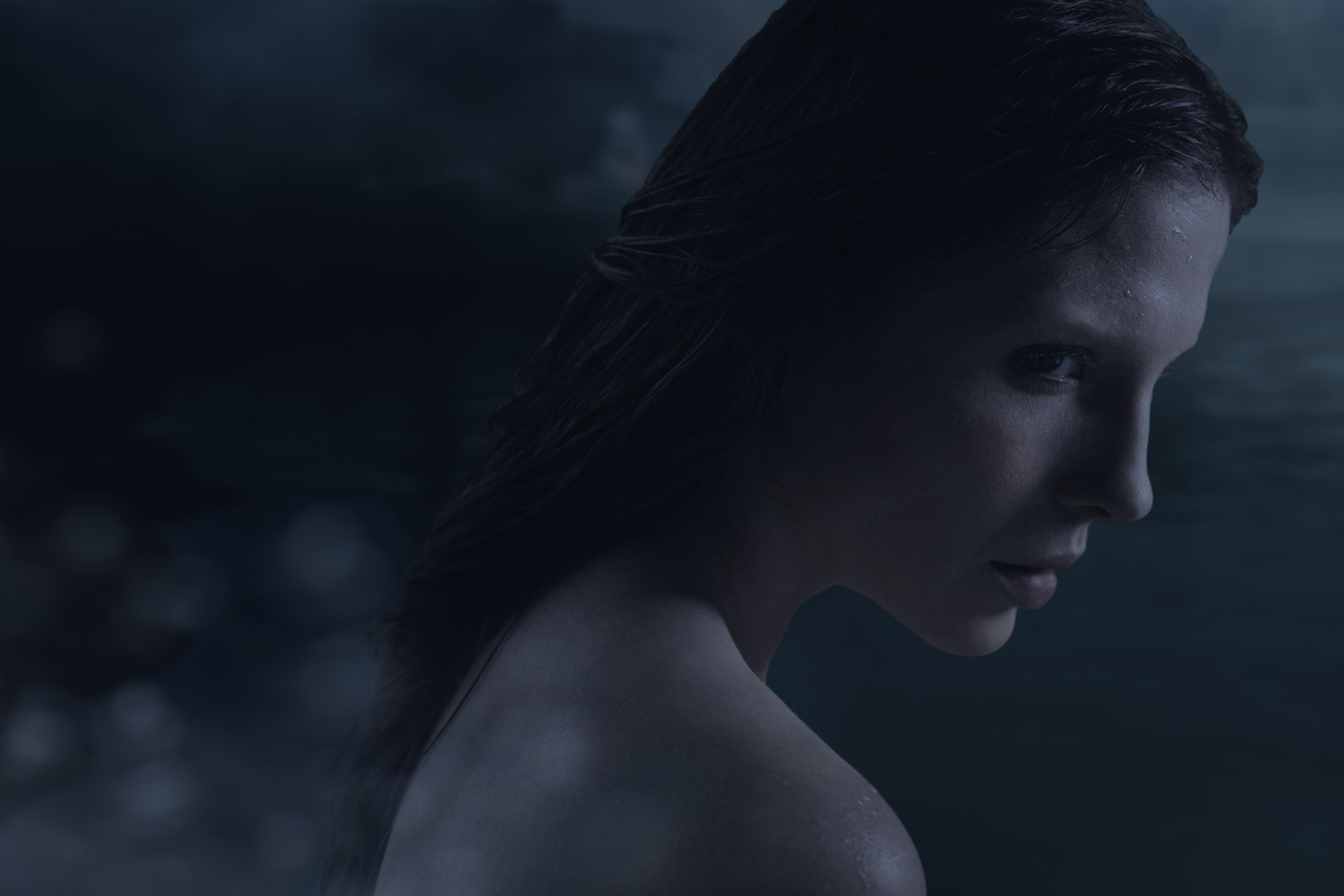
What is it about your photographs that you believe sets you apart from others?
That is a really good question, which is not easy to answer. I know from my customers that they like working with me because of my communication skills, which is very important to me. Not only before production, but also during and later in the post-production process. By that I mean not only the communication with the client, but with everyone involved. This not only saves time, but calms the nerves of everyone, builds trust, and prevents misunderstandings. Thanks to years of experience and my knowledge in related fields, it’s easy for me to brief 3D-designers, graphic designers, stylists, models, and web designers and to work hand-in-hand with them. Another thing that clients like about my way of working is the way I deal with the models in front of the camera and am always trying to get the best out of them. The fact that I always try to meet deadlines should go without saying, as well as the fact that there is a solution for everyone's wishes and problems in my view. VUE complements the already existing, numerous possibilities in image editing and using them in a targeted way is also one of my ways of setting myself apart from others.
Some advice to set yourself apart from others could be to free yourself from the pressure of wanting to set yourself apart. Because it is exactly this pressure that leads to blockades. And then, take as much time as you need, have fun with your camera, and find your own style. For some people it is the technique, for others the personality of the photographer, and for others a certain kind of conscious loss of control in photography that leads to their individual style.
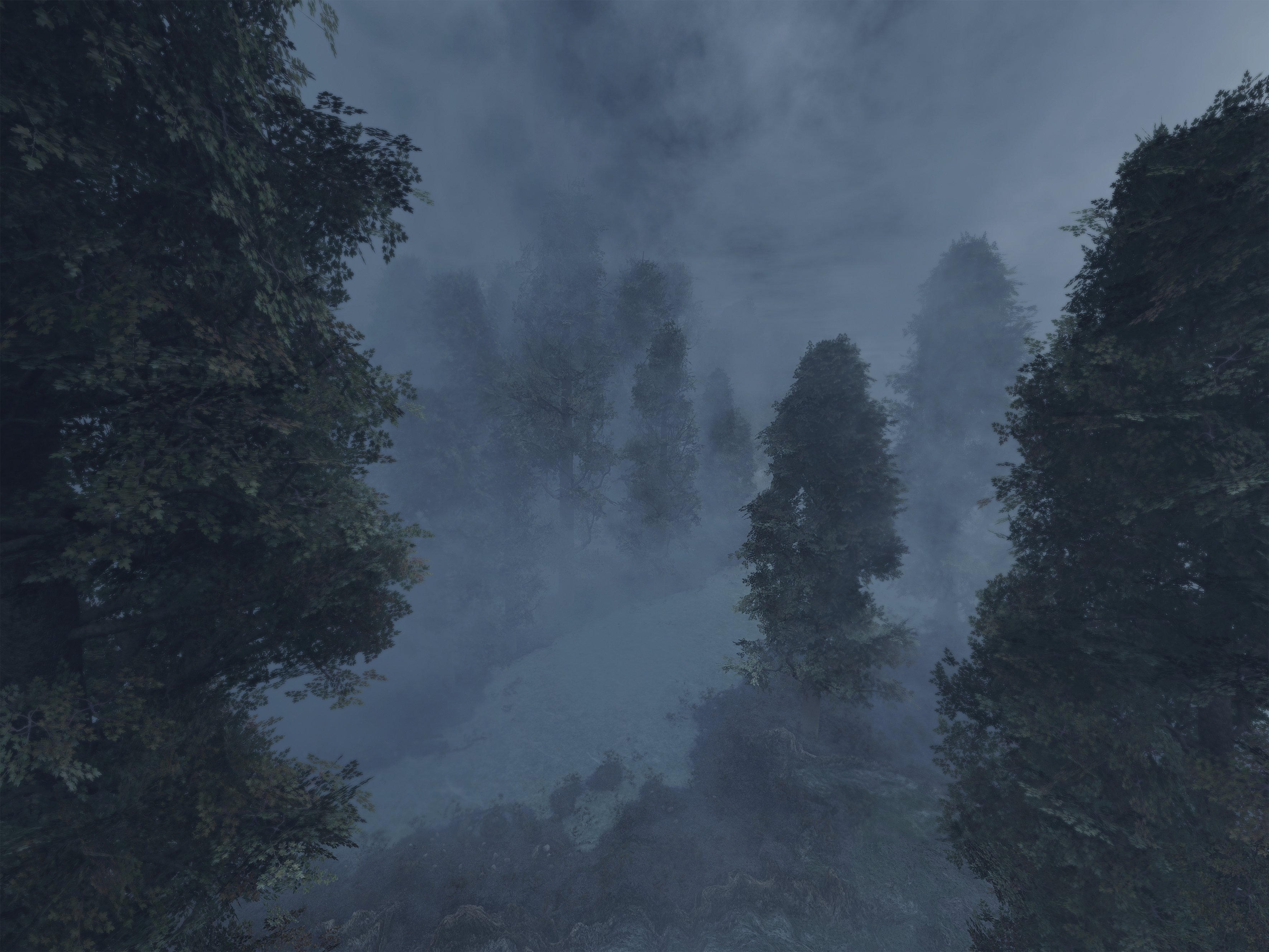
Where do you get your inspiration?
I’m inspired by absolutely everything. 🙂
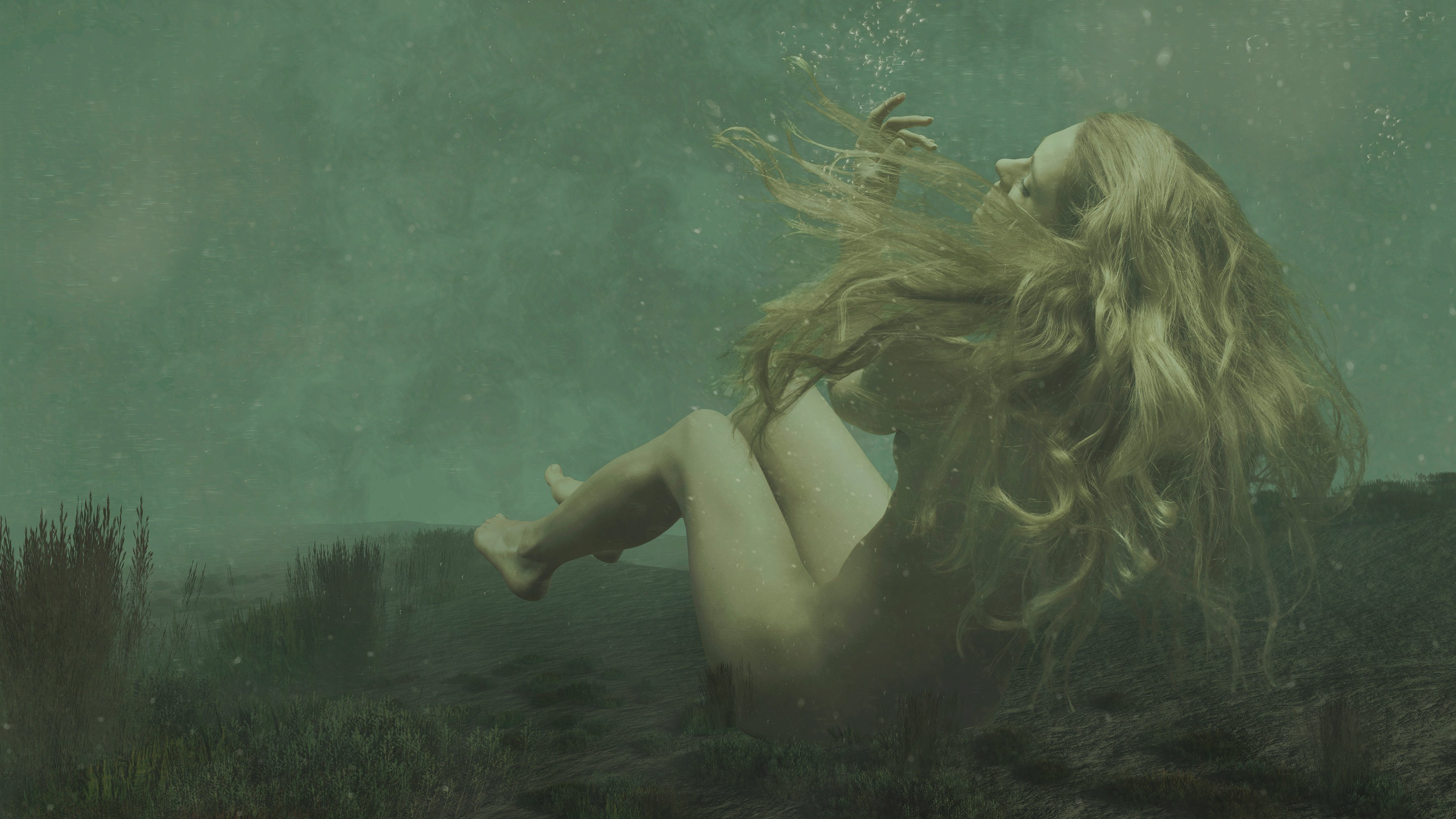
Would you recommend VUE to other artists?
Yes, I would recommend such a powerful tool as VUE to absolutely any other artist. The main reason is that VUE saves you a lot of time and money. I'll give a few examples of the types of issues VUE can solve with one or two clicks: I remember a couple of jobs where I waited for days to get good weather because the client wanted a sunny view in the window for the architectural shots. That's not cost-effective in my eyes. When I was planning a series of underwater shots, it would have taken a lot of effort to send a whole team on a journey to the bottom of the ocean. If you’re a car photographer and need wonderful HDR-panoramas of the mountains for your background, why travel there and wait for the right weather for your shot, if VUE can do it for you in a lot less time? Of course, from the bottom of my photographer’s heart, I'm still in love with the real moments I can capture, but it also makes me happy to fulfill my clients' needs in a short time, surprise them with quality, and then go for a holiday in the mountains to get new inspiration.
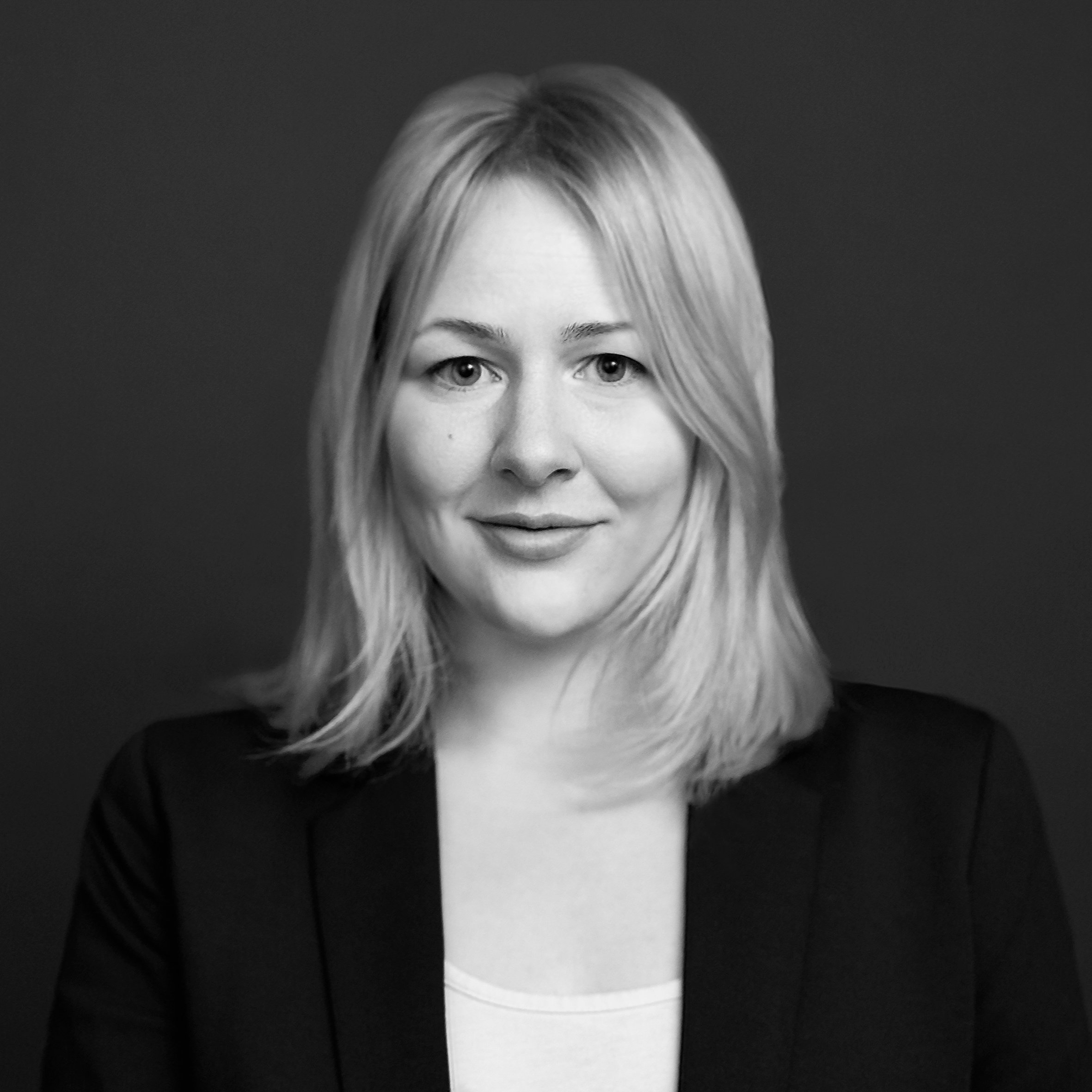
Thanks, Julia! Don't forget to check out her work at https://www.julia-laatsch.de/
